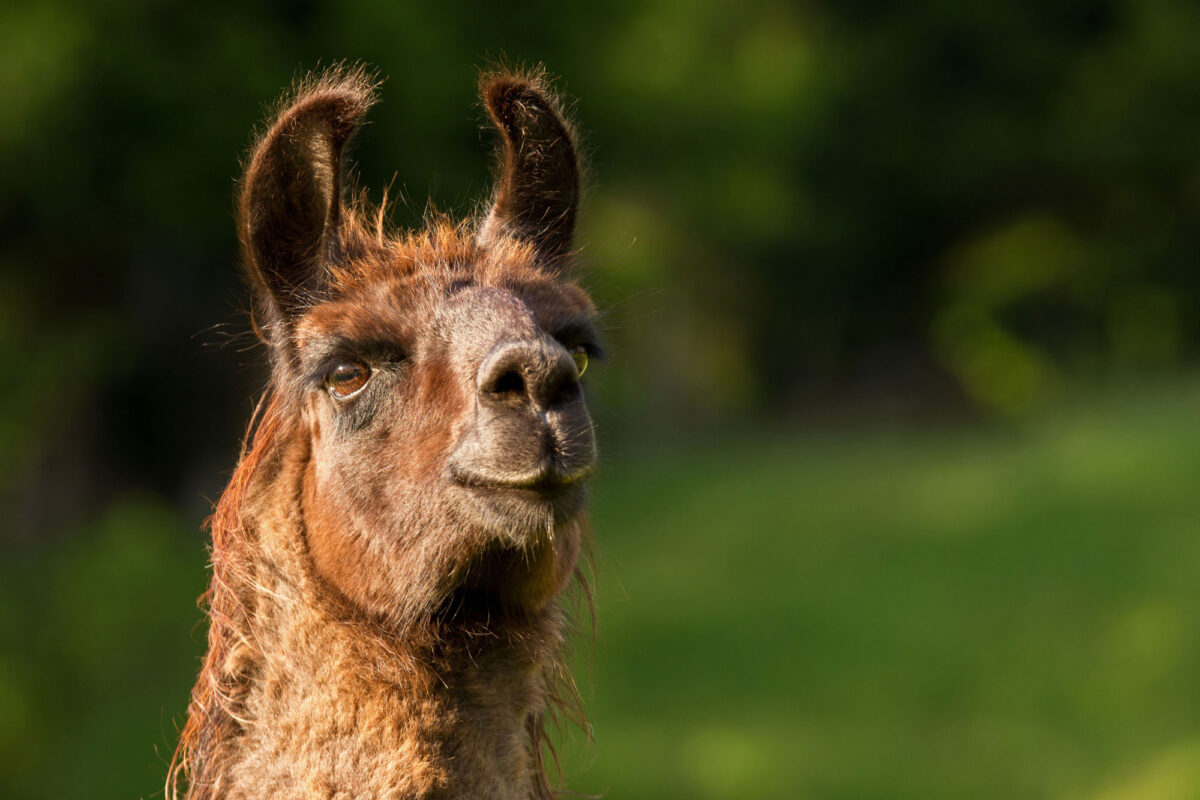Camels also produce milk in Switzerland. Their milk contains around three times as much vitamin C as cow’s milk. In contrast to Arabian and African countries, the production of camel milk is a niche segment in Switzerland. Farmers also use the animals for agro-tourism offers such as camel riding. A distinction is made between dromedaries, which have one hump, and Bactrian camels, which have two humps.
Llamas and alpacas belong to the same family. The animals, which originate from South America, are used for meat and wool production and are suitable for agro-tourism offers such as trekking. Alpacas and llamas can be best distinguished by their size. With a shoulder height of around 1.20 metres, llamas are considerably taller than alpacas, which have a shoulder height of 90 centimetres.
The ostrich is the largest bird in the world. In Switzerland, there are several specialised farms for which ostrich meat forms an important cornerstone of their business. The meat is sold directly from the farm.
Deer farming is growing at a low level in Switzerland. The farmers primarily keep fallow deer as well as sika and red deer. While deer have been considered agricultural livestock since the 1990s, they also continue to be regarded as wild animals. For this reason, keepers require a wildlife permit. Deer live in enclosures with fences that need to be at least 2 metres in height.

